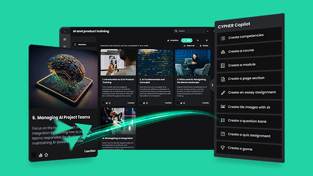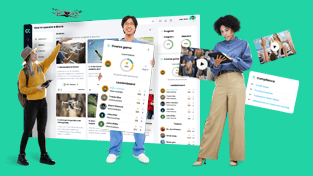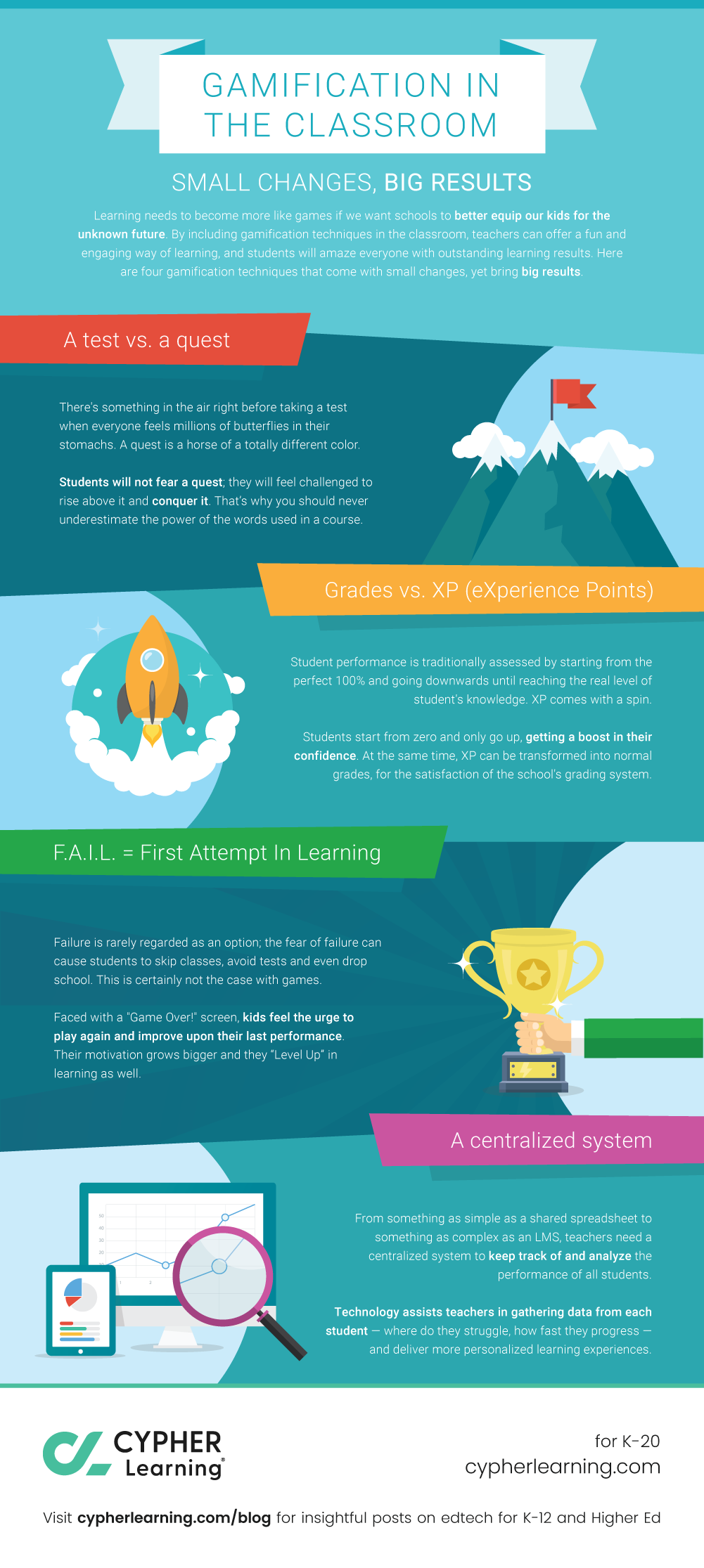Infographic
For academia
✖
Find your portal
CYPHER platform
![]()
For business
![]()
For academia
![]()

The CYPHER Learning platform tour
Valuable capabilities of the #1 choice generative learning platform. Learn about AI, automation, gamification, course creation to delivery, and more.
Start tour
Use cases
![]()
By market or industry
![]()

Solutions for business and academia
Everything from employee training to customer training, career growth to hybrid learning, certification to compliance, and more.
See solutions
Experience
![]()

Customer excellence in action!
Explore valuable best practices from CYPHER's customers, featuring insightful videos and expert advice.
See all
About CYPHER
![]()
Partners and resellers
![]()




